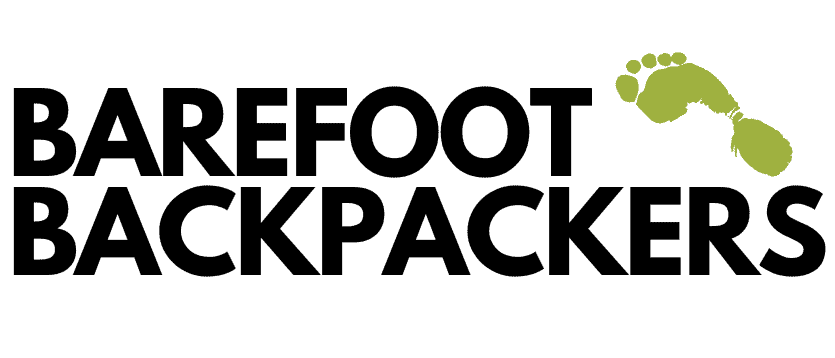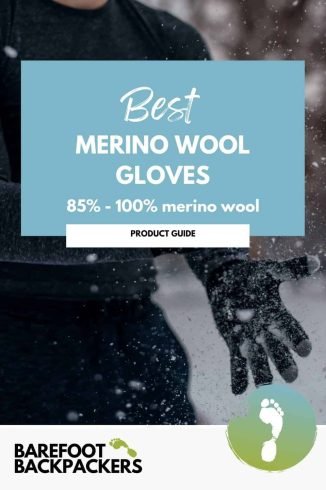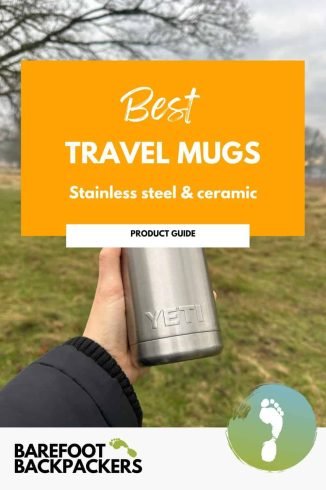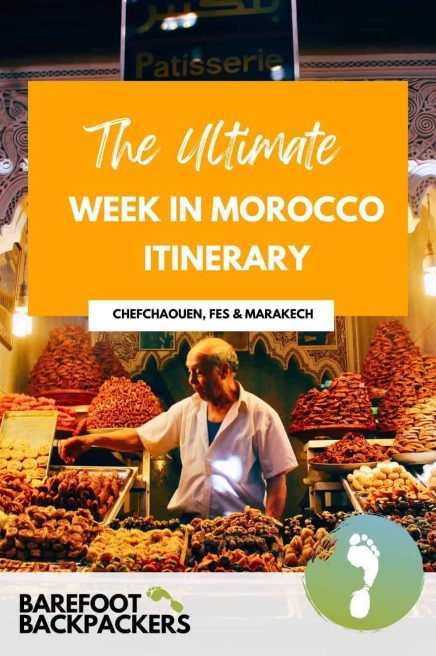If you are looking to spend one week in Morocco and would like to experience the mountain village life, ancient medina, and the bustling capital, then this is the right guide for you. It’s a country that feels like adventure come to life. Every city offers its own world — blue-washed alleys in the mountains of Chefchaouen, the ancient medinas of Fes that smell of spices and leather, trains rolling through the night, and bustling squares where drums and food stalls take over at sundown. Even with only a week, you can cover a surprising amount, and every stop feels like an adventure.
We spent seven days moving between three of Morocco’s iconic destinations: Chefchaouen, the famous “Blue City”; Fes, with its maze-like medieval medina; and Marrakech, the vibrant southern hub of culture and excursions. The journey was fast-paced but extremely rewarding, showing us just how diverse Morocco can be in such a short time.
This itinerary is perfect for backpackers or curious travelers who want a taste of Morocco’s history, landscapes, and traditions without rushing through too many places. Here’s our full guide, from wandering blue-painted lanes to trekking waterfalls and ending with the souks in Marrakech. You could spend a whole week in Marrakech, check out our one week in Marrakech itinerary if that’s an option for you.
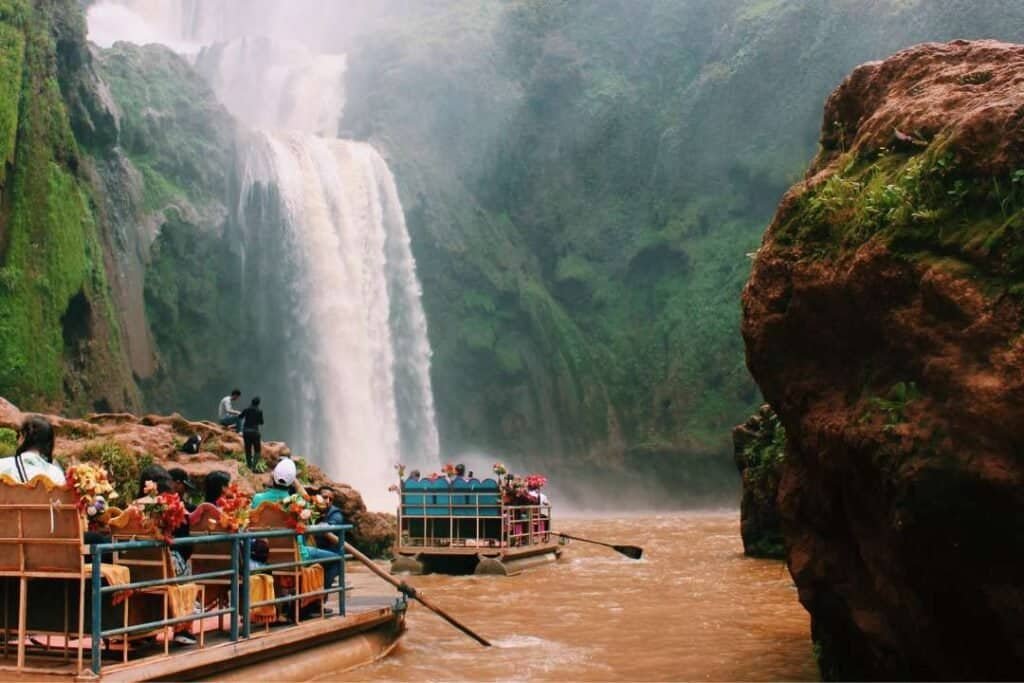
This blog is supported by the community. If you choose to purchase through our links, we may earn a small commission, which allows us to keep creating content. As an Amazon Associate, we earn from qualifying purchases. Learn more.
Day 1-2: Arrival in Chefchaouen, the Blue City
We flew into Fes–Saïss Airport, and immediately took a taxi to Chefchaouen . Nestled in the Rif Mountains, this town is famous for its blue-painted buildings that glow in different shades depending on the time of day. Some say the blue keeps mosquitoes away, while others claim it symbolizes the sky and heaven. Whatever the reason, wandering these alleys feels like walking through a dream.
We spent our first evening exploring the medina, where every turn revealed another picture-perfect street and a lot of stray cats. The stairs painted in indigo, cats sleeping on blue doorsteps, and flower pots hanging from walls made it hard to put the camera down. This is the spot.
For dinner, we headed to Sofia, a restaurant serving Moroccan classics. The calm, slower pace of Chefchaouen was the perfect way to ease into Morocco before taking an afternoon bus the following day.
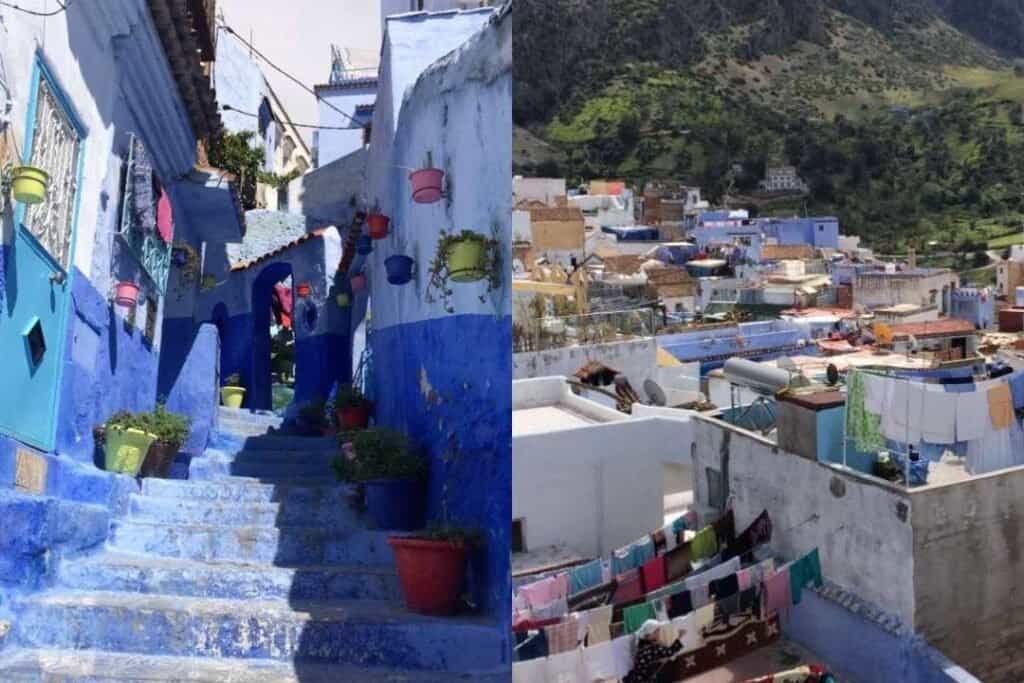
Day 3-4: Exploring Fes, Morocco’s Oldest Medina
The next morning, we took a bus to Fes, one of Morocco’s most historic cities. The medina of Fes el-Bali is a UNESCO World Heritage site and feels unchanged for centuries. It’s a labyrinth of alleys where donkeys carry goods, merchants shout out their wares, and the smell of spices mixes with leather from the tanneries. Unlike the calm of Chefchaouen, Fes is alive with sound, color, and energy.
We visited the Bou Inania Madrasa, a 14th-century Islamic school with intricate mosaics and carved cedar woodwork, and the Chouara Tannery where leather is still dyed in giant vats of natural pigments. The view from above the tanneries is unforgettable — pools of red, yellow, and brown spread out like an artist’s palette. Fes is intense and overwhelming at times, but it’s also one of the best places in Morocco to understand its traditions and crafts.
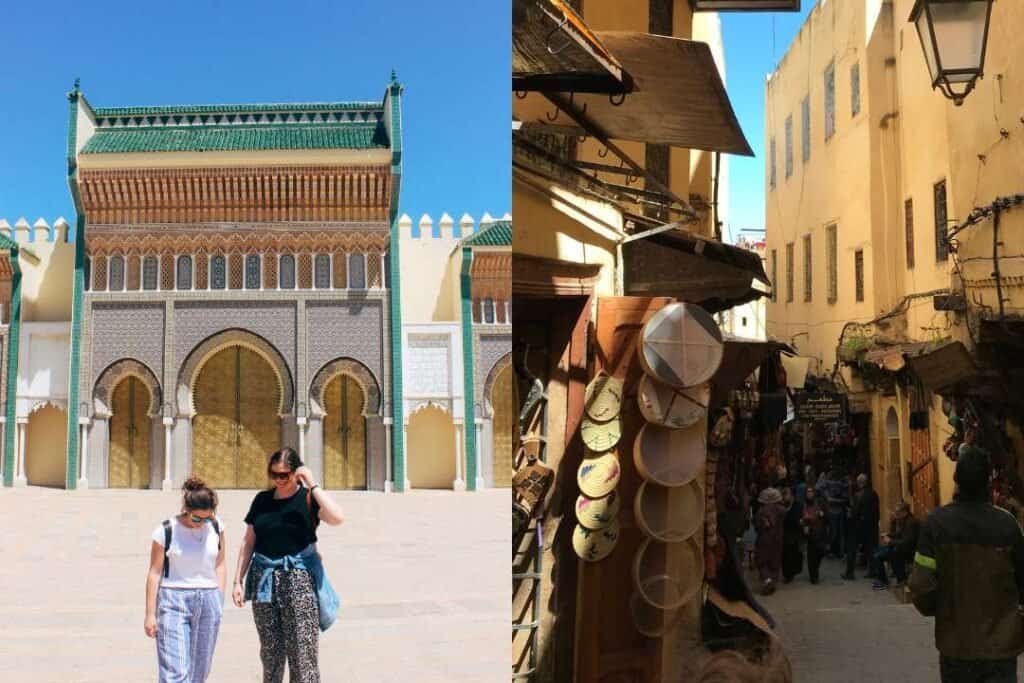
Fes to Marrakech – Overnight Train
From Fes, we boarded the overnight train to Marrakech. We booked first-class tickets, not sure what we were expecting, but the train was not a sleeper as we thought. It was a private carriage with two benches on either side. People came and went throughout the night at each stop, making it difficult to sleep properly. Still, the journey was safe, affordable, and a true travel experience that gave us a glimpse of Morocco beyond the tourist sites. Not to mention a bonding experience chatting with the locals and sharing food.
Watching the landscape roll by in the dark — silhouettes of mountains, stretches of desert, and the occasional glow of a distant town — was memorable in its own right. If you value comfort above all else, flying may be a better option, but if you’re looking for the kind of story you’ll retell later, the overnight train is worth it.
Day 5-7: Marrakech
Arriving in Marrakech, we immediately felt the energy shift. The city is louder, busier, and more colorful than Fes or Chefchaouen. The heart of it all is Jemaa el-Fnaa, the main square where snake charmers, storytellers, drummers, and food vendors all compete for your attention. By night, the square transforms into an open-air food market buzzing with life. To recover from our journey, we drank at least three fresh orange juices, which were delicious and at an excellent price.
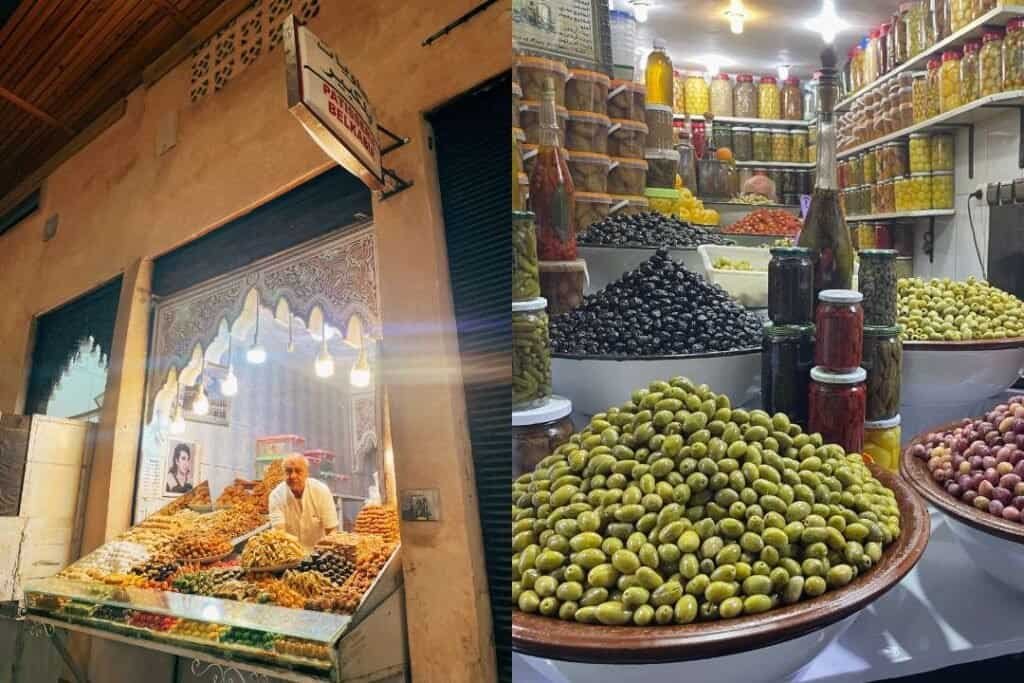
Beyond the square, we visited landmarks like the Koutoubia Mosque (Google Maps), with its 12th-century minaret; the ornate Bahia Palace (Google Maps); and the peaceful Majorelle Garden (Google Maps), once owned by Yves Saint Laurent. For a taste of Moroccan luxury, we explored La Mamounia Hotel (Google Maps), whose gardens and interiors are open even to non-guests. Marrakech can be overwhelming, but these landmarks balance the chaos with beauty and history.
Food is everywhere in Marrakech, from sizzling street stalls to rooftop terraces. Try the juices and drinks such as the milk and date or the avocado and date juice, at Al Jawda, a bakery and juice just off Jemaa el-Fnaa square. If ordering with dates, you can ask for no sugar.
Beyond the square, we visited landmarks like the Koutoubia Mosque, the city’s most famous landmark, with its 12th-century minaret towering over the medina. We also spent time at the ornate Bahia Palace, or its mosaics and courtyards, and for a taste of Moroccan luxury, head into La Mamounia Hotel — you don’t need to stay there to wander its lush gardens and elegant interiors.
Then head to Majorelle Gardens, once owned by Yves Saint Laurent, which is a tranquil retreat of cobalt blue and exotic plants.
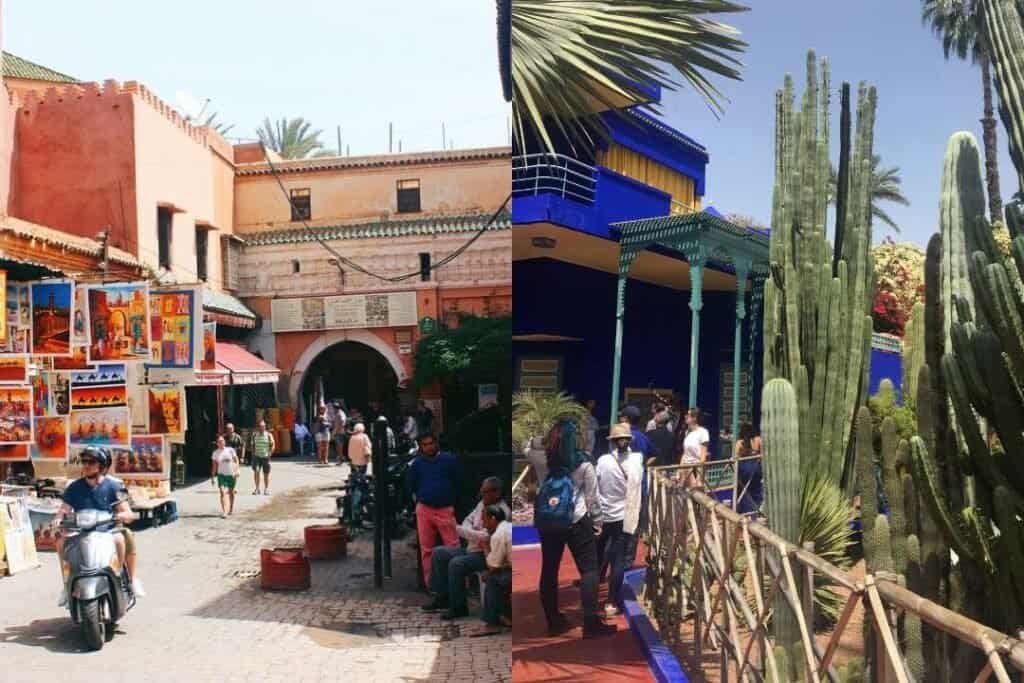
Day 6: Day Trip to Ouzoud Waterfall
One of the best aspects of Marrakech was the number of excursions you can do from the city. We didn’t have enough time to go into the desert, so we settled on a day trip to the Ouzoud Waterfall. About three hours away, the falls plunge dramatically from red cliffs into green pools below. Olive trees surround the area, and monkeys dart around the paths. Be careful, though — they can be cheeky and even jump on your head if you’re carrying food or get too close.
We booked a guided tour through GetYourGuide, which included a short hike down to the falls, a very aesthetic boat ride that takes you close to the spray, and time to relax at cafés overlooking the cascades. Even though the area is popular with tourists, the sheer size and beauty of the falls make it worth the journey. It was also a refreshing break from the city’s heat, and a highlight of our time in Morocco.
Day 7: Final Morning in Marrakech
Back in Marrakech, we used this morning to wander at a slower pace and explore more of the souks and do a little shopping. Bartering is encouraged there, so definitely do a bit of market research by asking different vendor their prices. The markets are endless, selling everything from lanterns and rugs to spices and oils. This is the best time to pick up souvenirs like argan oil (for both beauty and cooking), black soap, or handmade ceramics. Bargaining is expected, so don’t be shy about negotiating prices.
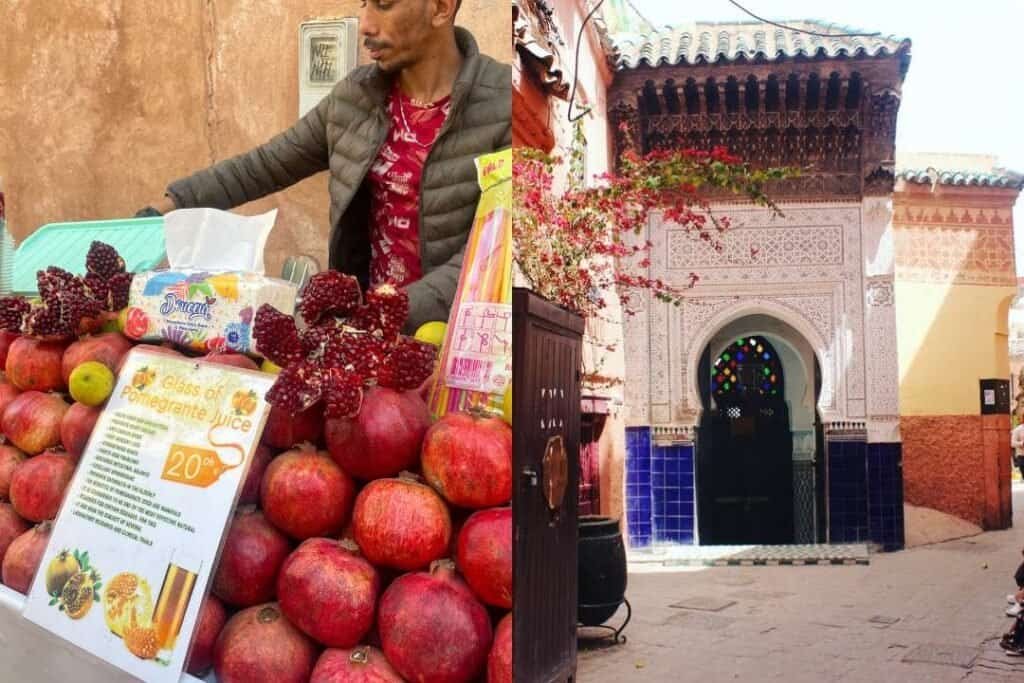
Best Time to Visit Morocco
The best times to visit are spring (March–May) and autumn (September–November). We went in mid April, which turned out to be ideal — cooler temperatures in the mountains and warm sunny days.
Tips for Traveling in Morocco
- Bring layers — the mountains and desert get very cold, even if the city is hot.
- Stay hydrated — fresh juices are everywhere and buy bottle water or bring a water filter. We used our Survivor Water Filter to drink from the tap.
- Be flexible — buses can run late, but the experiences are worth it. Get the Whatsapp or number of your guides and taxi drivers
- Try a hammam — it’s not just relaxing, it’s part of Moroccan culture. You will be scrubbed down so hard you will feel like a newborn baby.
Marrakech Restaurants and Recommendations
- Le Bistro Arabe – Moroccan Jazz Restaurant in Marrakech, there isn’t really much going on in the evenings, but one thing we would have liked to do is go to Le Bistro Arabe, a jazz bar and restaurant that you need to book in advance.
- BlackChich – African Berber Fusion – Really nice drinks, we had a pineapple and ginger juice which was delicious. Also, nice African Berber fusion meals that were a nice break from tagines
- Mabrouk Rooftop & Sky Bar – Delicious lamb tagine
- Al Jawda – Best avocado smoothies, or dates and milk drink. Also nice cakes and treats. We came here for breakfast most mornings.
- Get a street pomegranate juice or orange juice.
FAQ: One Week in Morocco
Is one week enough for Morocco?
Yes, if you keep your itinerary focused. We did Chefchaouen, Fes, and Marrakech, which gave us a rich mix of Morocco’s landscapes and cultures.
How safe is Morocco for travelers?
Very safe, as long as you stay aware in busy medinas. We found locals welcoming, especially on guided tours.
Should I take the overnight train in Morocco?
Yes, if you’re up for the adventure. It’s not the most comfortable sleep, but it’s safe, affordable, and unforgettable.
What should women wear in Morocco?
Modesty is best. Loose trousers, long skirts, and scarves are both practical and respectful. Lightweight fabrics work best in the heat
Enjoyed our One Week in Morrocco Itinerary? Read more
The Barefoot Backpackers’ India Travel Guide
The Ultimate One Week in Greece Itinerary
The Best Travel Backpacks: The Ultimate Guide
